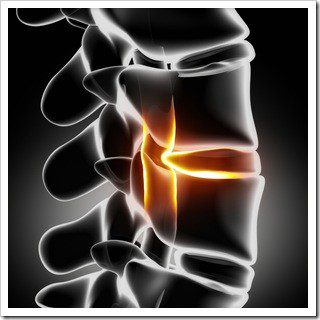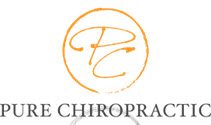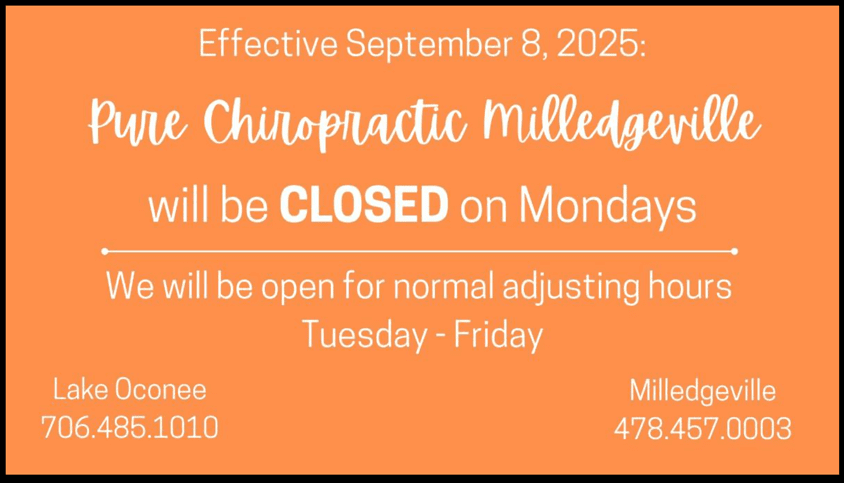 Very often patients present in our office with what they have described as a “slipped disc”. As with the fairy tale of slipped discs they are also searching for the magic wand to wave and fix the severe pain that is attributed to this “slipped” disc. Thank goodness we are trained experts in helping you not only know fact from fiction but hold the knowledge and tools to help you recapture the quality of life you desire.
Very often patients present in our office with what they have described as a “slipped disc”. As with the fairy tale of slipped discs they are also searching for the magic wand to wave and fix the severe pain that is attributed to this “slipped” disc. Thank goodness we are trained experts in helping you not only know fact from fiction but hold the knowledge and tools to help you recapture the quality of life you desire.
From the Beginning
First of all, a little basic anatomy is useful. Spinal discs are weight-bearing shock absorbers. They contain a jelly-like ball-bearing center, which is surrounded by tough fibrous cartilage, arranged in concentric, criss-crossing circles. These rings of fibrous tissue separate each vertebra, permitting the natural curves of the spine and to allow us to turn and bend. A disc can thin, wedge, protrude or tear, but thankfully they don’t slip.
As a person gets older, the discs naturally lose some of their water content, and cracks and fissures naturally develop in the fibrous cartilage. If a weight-bearing stress is unusual and unexpected, the gel-like material in the center of the disc can push through one of the fissures and possibly irritate a spinal nerve.
If enough of this material pushes through, the nerve can become inflamed and cause symptoms such as radiating pain, numbness, and possibly weakness in an extremity, for example a leg.
Typically, such pain and/or numbness will radiate down the leg, traveling below the knee and possibly into the foot.
Such symptoms, with or without back pain, are highly suggestive of an inflamed spinal nerve. In fact, the person will usually say the leg symptoms are much worse and of greater concern than any back pain that may be present. If a MRI confirms the disc herniation and suggests an inflamed nerve, the diagnosis is complete.
Understanding the Two Most Common Types
We generally see two types of problems:
1. Bulging Disc: A weakened area of the ring allows the centers to bulge and put pressure on nearby nerves.
2. Herniated Disc: The herniated or ruptured disc is more serious and commonly seen in the lower back. The disc’s soft center pushes out through an area weakened by trauma or degeneration.
What to Expect
In the best scenario, conservative treatment may be sufficient and the nerve inflammation improves with time. Ice and anti-inflammatory medication may be helpful in conjunction with chiropractic adjustments. Chiropractic spinal adjustments may include physical therapeutic modalities and gentle trigger point therapy to relieve associated muscle spasms. If you qualify you may be able to avail of spinal decompression therapy. This option, if available, after thorough examinations will be discussed with you. If a disc is involved patience and proper treatment must stay consistent for 6-8 weeks.
The Good News
Chiropractic care offers a natural, non-surgical resolution for many disc problems and is worth trying before more drastic measures.
If you or someone you know is facing disc surgery be sure to send them our way first for a possible all-natural solution. We are ready to help!
For Your Health,
Dr. Ted Smith and

